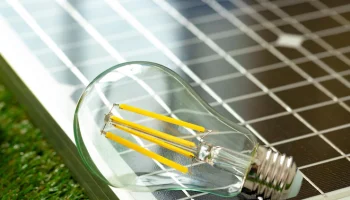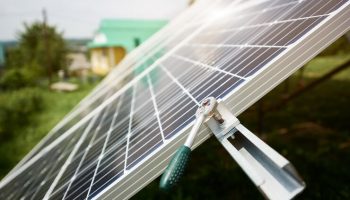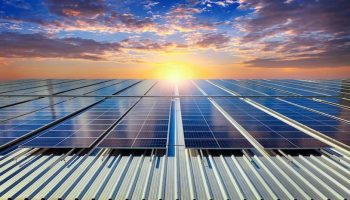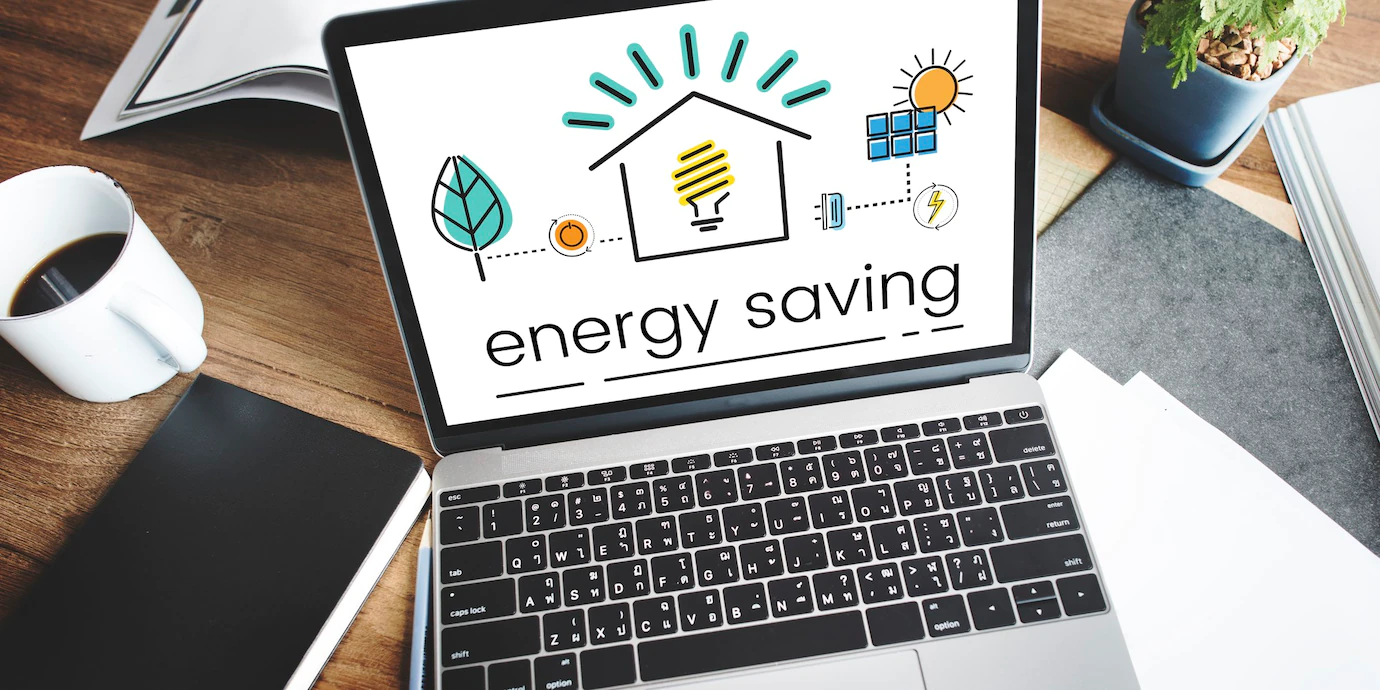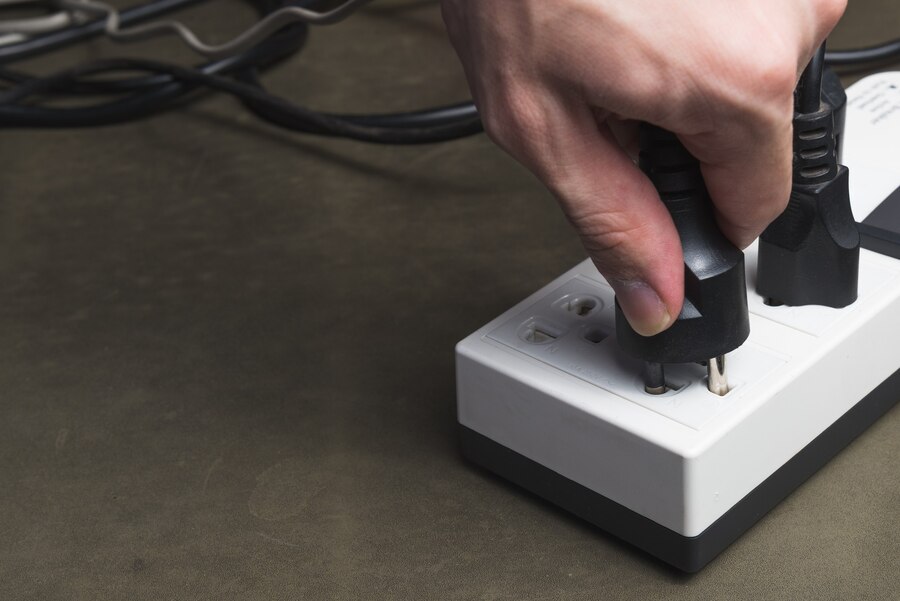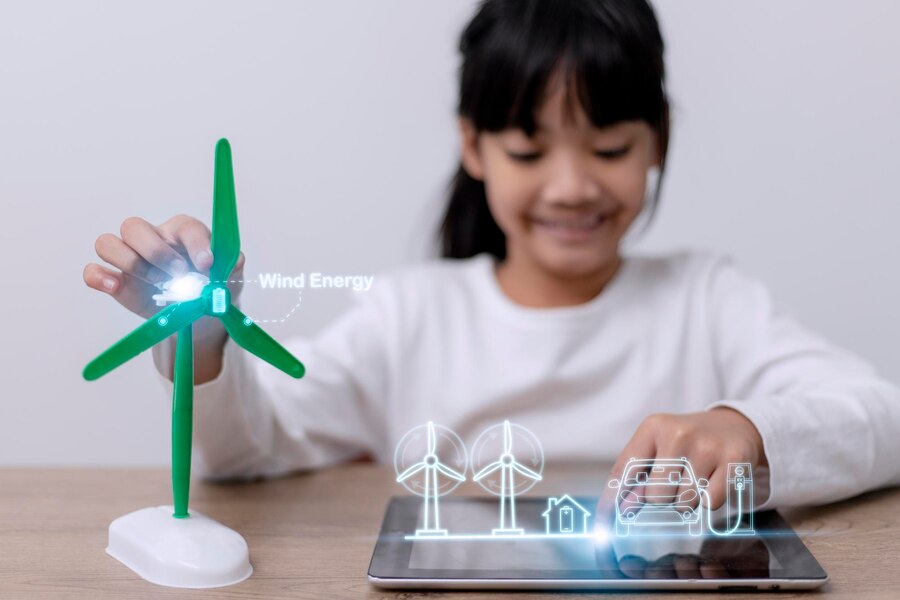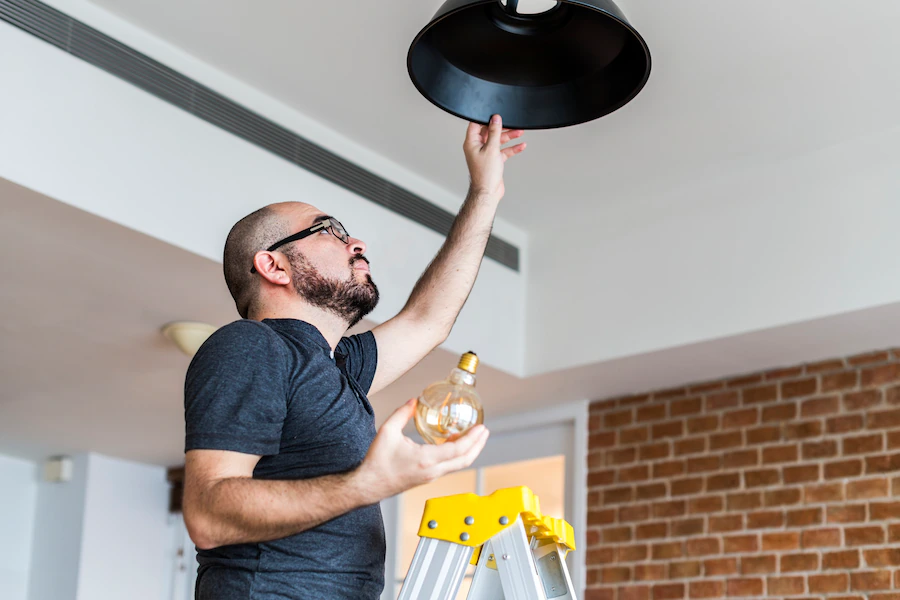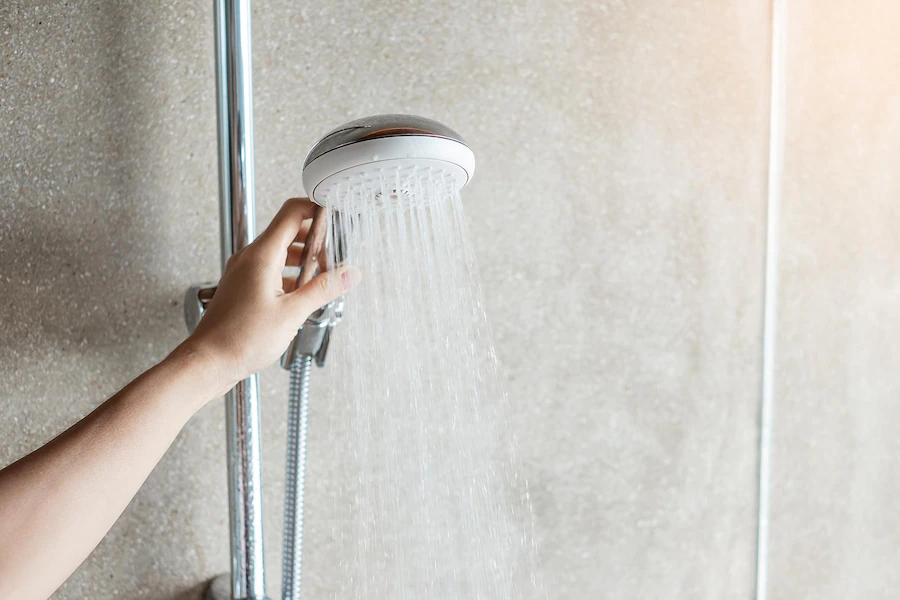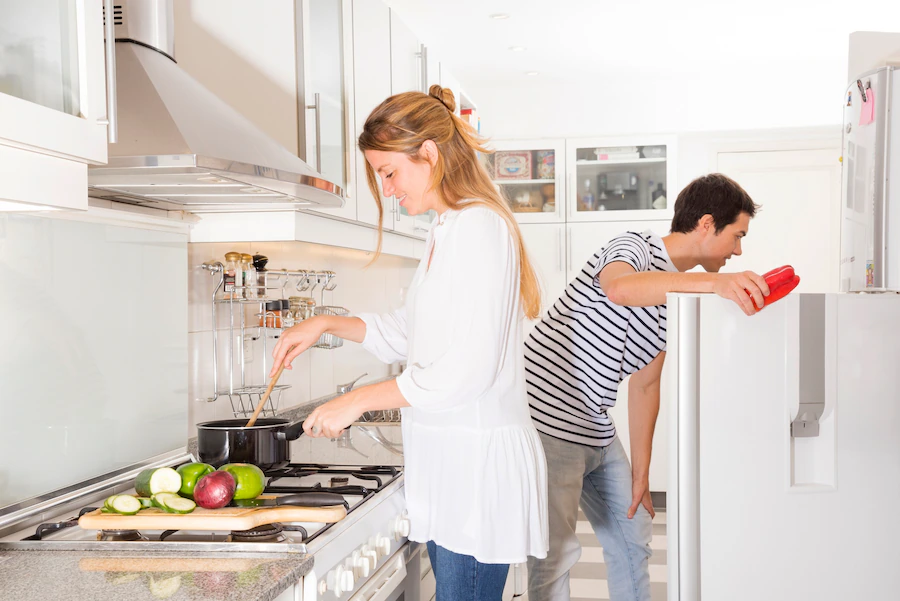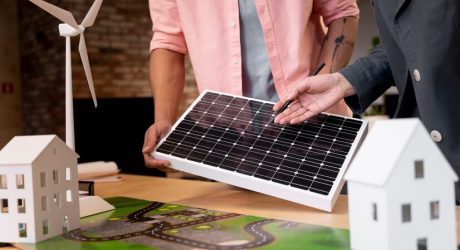Are you looking for ways you can help save the environment? Do you want to decrease your carbon emissions? If so, there are several simple changes you can make in your daily life to help you do so.
Energy saving tips can make a difference. They’re inexpensive and easy to do. They won’t feel like a sacrifice because they’ll help you live a healthier and happier life.
See below for several tips that you can use to help green your life. You’ll feel good about yourself and help save the environment at the same time.
1. Turn Off The Lights
Turning off the lights when you’re not using them is one of the most effective ways to save energy. When you leave a room, either take the time to turn off the lights manually or purchase a timer that can do this for you.
Turning off the lights when you’re not using them is one of the most effective ways to save energy. Not only does it reduce your electricity bill, but it also takes a step forward to help the environment. Every small effort can add up to make a big difference.
When you leave a room, either take the time to turn off the lights manually or purchase a timer that can do it for you. Even when you are using the lights, try to use them in moderation and only use them when needed.
You can also open the blinds and use natural light instead of using electric lighting when possible. Natural lighting minimizes the demands on your energy resources, and it’s free.
It’s also a handy way to bring some style into the home and can lift the ambiance and create a warm atmosphere. Natural light also offers better visual conditions and enhances the growth and health of houseplants, as they need some light for photosynthesis.
By turning off the lights when they are not necessary and using natural light instead of electric lighting whenever possible, you can reduce your energy consumption, save money, and help the environment.
2. Unplug Electronic Devices
Unplugging electronic devices when not in use is a great way to save energy. It only takes a few moments, but the energy savings can amount to a great deal.
Start with small appliances, such as microwaves, toasters, and coffee makers. Then, move on to larger items like computers, TVs, and air conditioners.
When not in use, simply unplug the device. This helps to eliminate any draw from wall outlets or power strips.
Be sure also to unplug chargers and batteries from cell phones, cameras, and other handheld devices. This not only cuts down on energy usage but it also prevents your handheld device from overcharging.
Further, appliances like dishwashers and washing machines should be unplugged after the cycle is complete so energy isn’t wasted. By taking just a few simple steps to unplug electronic devices, everyone can help to save energy and reduce their energy bills.
3. Use Energy-Efficient Appliances
Using energy-efficient appliances is one of the easiest and most cost-effective ways to save energy. Energy-efficient appliances typically use 15-50% less energy than standard models. They pay for themselves over time by reducing energy costs.
To make sure you’re getting the most efficient appliance, look for the ENERGY STAR label. This indicates that the appliance meets the U.S. Environmental Protection Agency’s (EPA) energy-efficiency guidelines.
It’s also important to ensure appliances are properly installed and maintained to get the maximum benefit. For example, refrigerators should be in cool locations, and freezers should be properly sealed to prevent cold air from escaping.
4. Invest In Renewable Energy Sources
Investing in renewable energy sources is an important step toward protecting the environment for future generations. Solar panels are one of the most common renewable energy sources that people consider. Solar panel installation is a great way to reduce energy consumption, save money, and help promote renewable energy sources.
Other renewable sources include wind and geothermal energy. Wind turbines harness the wind energy to generate power. Meanwhile, geothermal energy sources tap into the Earth’s natural heat and use it to generate electricity.
Investing in these clean and renewable sources of energy can help reduce energy costs, as well as make a positive impact on the environment. They might require some up-front cost, but they can pay off in the long run through lower energy bills and the peace of mind that comes from helping to protect the environment.
5. Manage Your Thermostat
Managing your thermostat is a great way to reduce energy consumption. The best way to do this is to ensure you are setting the temperature to the right settings during different seasons and times of the day.
During the hotter months, raising the temperature in the daytime and lowering it at night can help you reduce energy use and save money. During colder months, you should lower the temperature at night and raise it during the day to stay warm.
Additionally, make sure you are programming your thermostat properly. Set up any necessary schedules to lessen the time the device is running.
Additionally, you can use a programmable thermostat that helps you control the time the device is in use.
6. Replace Old Light Bulbs
One of the easiest and most cost-effective ways to cut energy costs in the home is to replace old light bulbs with more energy-efficient ones. It’s simple to make this switch, and you can start saving energy right away.
Older light bulbs typically use more energy and generate more heat than newer bulbs. Replacing them with more efficient and cooler alternatives is a great way to reduce energy consumption. Some of the greatest energy savers include LED bulbs, halogen bulbs, and CFL bulbs.
LED bulbs are the longest lasting and most energy efficient, while halogen bulbs provide bright white light for a lesser cost. CFL bulbs are an excellent option for more robust lighting and use up to 75% less energy than traditional incandescent bulbs.
7. Weatherproof Your Home
Weatherproofing your home can be a great way to save energy in the long run. Windows, doors, and other openings in the building envelope can all be sealed to minimize air leakage. Consider installing storm windows and doors that are designed to better insulate and reduce drafts.
Additionally, you can look into adding insulation to the walls and attic or using heavier curtains to reduce heat loss in the winter. Attic fans can help control air temperature and improve the efficiency of air conditioners.
Finally, checking for air leaks and sealing any cracks can help to improve energy efficiency as well. All of these can help to make your home more energy efficient and reduce energy costs over time.
8. Take Shorter Showers
When showering, turn the water off while you are lathering or shaving to save even more water and energy. You can also install an energy-efficient showerhead, which uses up to 50% less water than traditional showerheads. This change can be easy on your wallet and provide less stress on the environment.
Furthermore, shut off any lights or fans when you leave the shower and turn the water off as quickly as possible to minimize the amount of energy used.
9. Use Cold Water When Washing Clothes
Cold water requires less electricity than hot water to heat. This means that the energy needed to warm the water is saved. Furthermore, clothes last longer when washed in cold water, so not only is the energy saved, but you’re also ensuring the longevity of your clothing.
To further save on energy, you can also hang your clothes up to dry. This eliminates the need for a dryer entirely or, if used, reduces the amount of energy that would have been used in a full cycle.
For those who don’t have outdoor drying racks or an ample amount of open space indoors, investing in a drying rack or collapsible clothing lines can be a great way to optimize air drying. A bonus of air drying is that no electricity is needed, as well as no heat is added to the home, resulting in cooler temperatures and an energy-conscious lifestyle.
10. Limit Preheating When Cooking
Saving energy while cooking is as simple as limiting preheating. Preheating increases the amount of energy used. To save energy, preheating should be done only when necessary.
For example, if you are baking cakes, preheating is necessary. Otherwise, preheating is not necessary, and ovens usually take about 10 minutes to reach their optimal temperature.
For items that do not require preheating, such as boiled or grilled foods, simply turn on the oven and begin food preparation. Additionally, when cooking food in pans, use lids to conserve heat and reduce energy consumption.
Utilize These Energy Saving Tips Today
Energy saving tips are key to reducing our carbon footprint and combating climate change. By minimizing energy loss due to leaks and switching to more efficient lighting, appliances, and systems, household energy consumption can be greatly reduced. By making small energy saving changes, we can have a major impact.
Don’t delay! Start conserving energy today and reduce your environmental impact!
Was this article helpful? If so, check out the rest of this site for more informative content.
Read Also:










